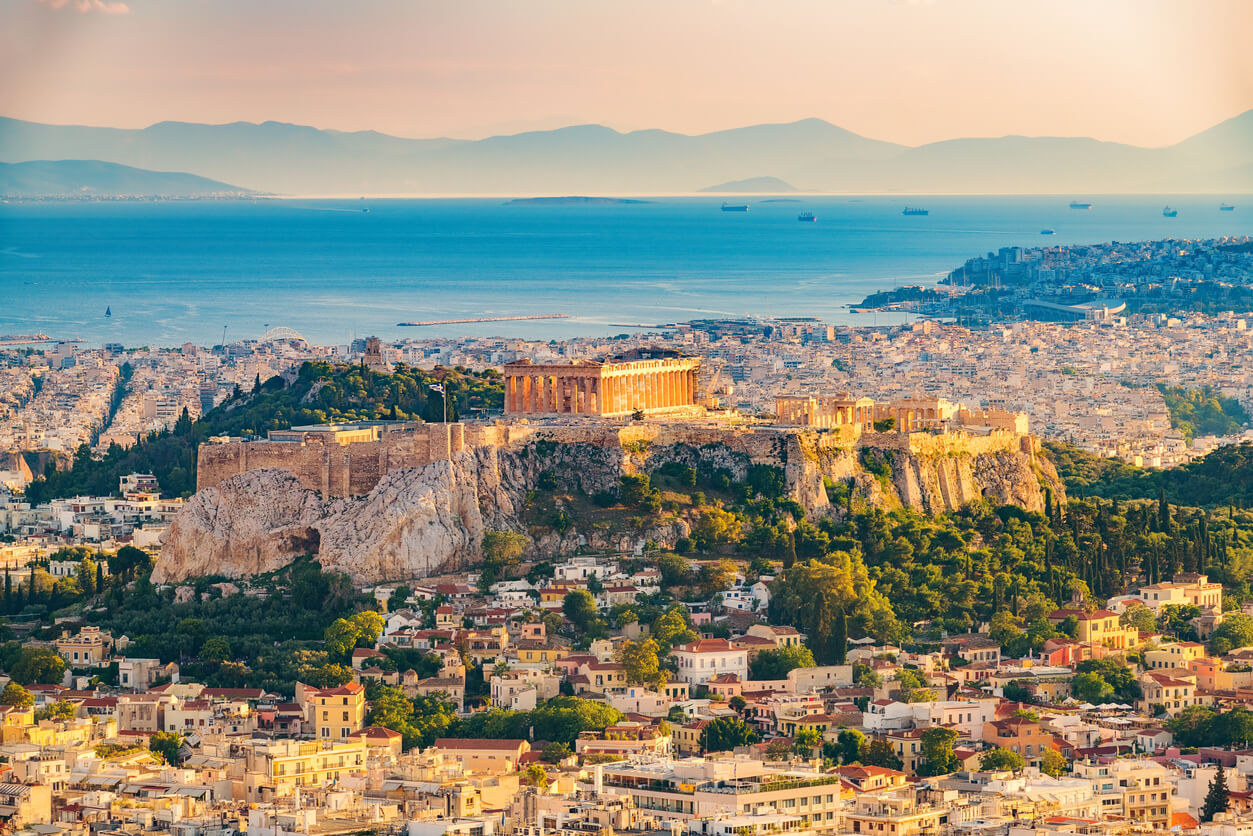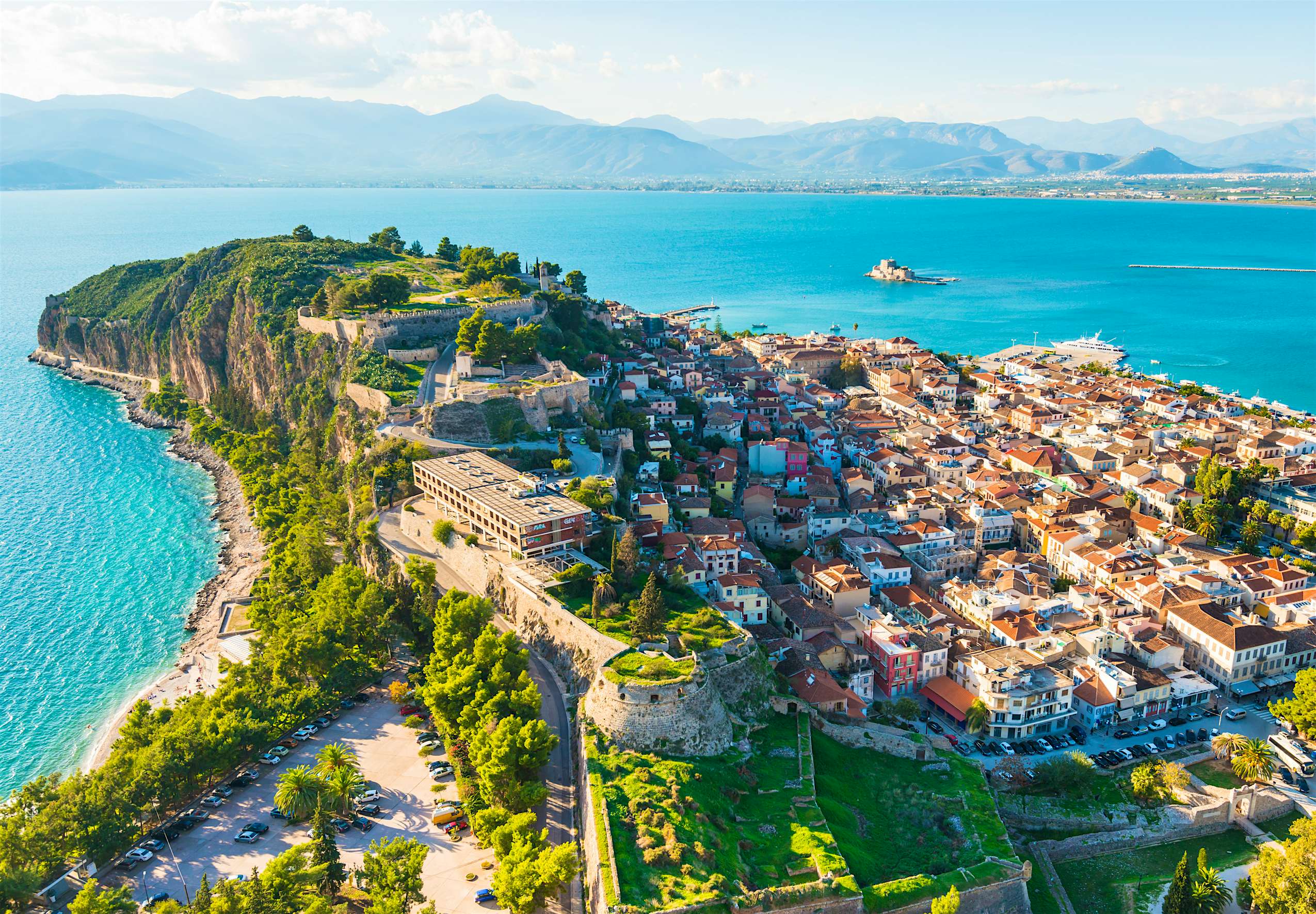Exploring the Climate Tapestry of Greece: Impact on Fauna and Flora
Greece, the land of ancient myths and timeless beauty, offers a climate tapestry as diverse as its rich history. From the mainland to the scattered islands of the Aegean Sea, Greece’s climate varies significantly, shaping unique ecosystems and influencing its remarkable flora and fauna. Let’s embark on a journey through the Greek skies and delve into how its climatic diversity impacts the wildlife and plant life, painting a picture of ecological harmony and resilience.

Northern Greece: Cooler Climes and Lush Flora
Northern Greece, encompassing regions like Macedonia and Epirus, is often dubbed the “green heart” of the country. Here, amidst the shadows of the Pindus Mountains, dense oak and fir forests thrive, offering sanctuary to a plethora of plant and animal species. The continental climate brings harsh winters and humid summers, fostering biodiversity and supporting a rich tapestry of life.
Peloponnese: Volcanic Charms
Venturing southward, we arrive at the Peloponnese Peninsula, bathed by the sun-kissed waters of the Ionian and Aegean Seas. Here, amidst the backdrop of volcanic massifs, the climate transitions into a Mediterranean one, characterized by hot, dry summers and mild, rainy winters. These conditions foster the flourishing of vineyards, olive groves, and aromatic herbs, providing an ideal habitat for a diverse range of wildlife, including tortoises, lizards, and birds of prey.


Aegean Islands: Sunlit Jewels in Greece's Crown
The Aegean Islands, glittering like gems on the azure waters of the Aegean Sea, possess their microclimate, serving as vital oases for unique flora and fauna. Enjoying a Mediterranean climate, with hot, dry summers and mild, rainy winters, these islands provide the perfect environment for wild shrubs like myrtle and rosemary, as well as for animal species like the Cretan wild goat, the Cretan shrew, and endemic reptiles.
Crete: The Jewel of the Mediterranean
In the south, Crete, Greece’s largest island, stands out for its extraordinary diversity of landscapes and climates. From mountain peaks in the west to sandy beaches in the east, Crete offers microclimates that reflect its varied terrain. Here, amidst the realm of gods, one can encounter wild goats, vultures, and even rare species of orchids.


The Impact of Climate Change on Greece
Unfortunately, like many other regions worldwide, Greece is not immune to climate change. Increasingly frequent droughts, extreme weather events, and rising sea levels threaten the country’s unique ecosystems. Greater risk of forest fires in the north, coastal erosion on the islands, and shifts in animal migrations are just some of the challenges posed to Greek fauna and flora by a changing climate.
Conclusion: Striving for Ecological Harmony
Greece, with its diverse climate, presents a tapestry where each piece of land has its story to tell. From mountain peaks to coastal shores, from the mainland to the islands, Greece showcases remarkable biodiversity. However, in the face of climate change, this harmony between sky and land is under threat, calling for both local and global actions to protect this extraordinary natural heritage.

